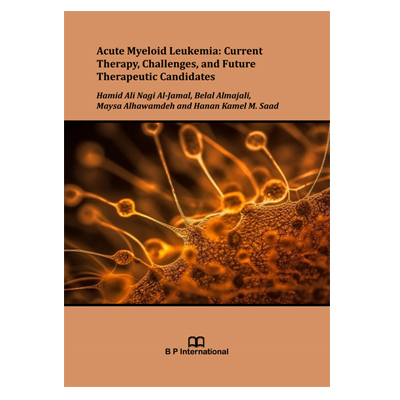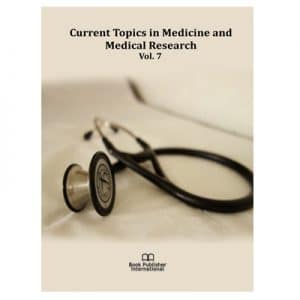This book focuses on the past, current treatment and future therapeutic candidates of acute myeloid leukemia (AML) as well as the challenges facing clinicians and researchers. Therefore, this book is a comprehensive exploration of the treatment for one of the most common hematological malignancies in adults.
In the following pages, we described the landscape of AML, delving deep into its molecular aspects such as, diagnostical and therapeutical targets, current treatment modalities, and the challenges in treatment particularly the resistant. AML has been intensively studied. However, the suitable treatment of AML stills unmet, pushing the boundaries of our molecular understanding vitally needed.
This book specifically aimed to capture the critical advancements for emerging future therapeutic candidates that could lead to potential management of AML. We began with an exploration of the common genetic abnormalities and mutations and epigenetic modifier in this leukemia, providing a solid foundation for understanding the molecular aspects of AML. From which, we clearified the clinical landscape, discussing the developments in diagnosis, risk stratification, and treatment options. We also explored the treatment challenges faced ranging from bone marrow transplantation to the management of therapy-related complications and bioactive compounds against AML which could be a future candidate for such cancer.
So, we hope this book will be a valuable resource for medical, biomedical students, and cancer researchers to navigate the complexities of AML and pave the way for a brighter future.
Thank you for embarking on fighting leukemia and other cancers.





